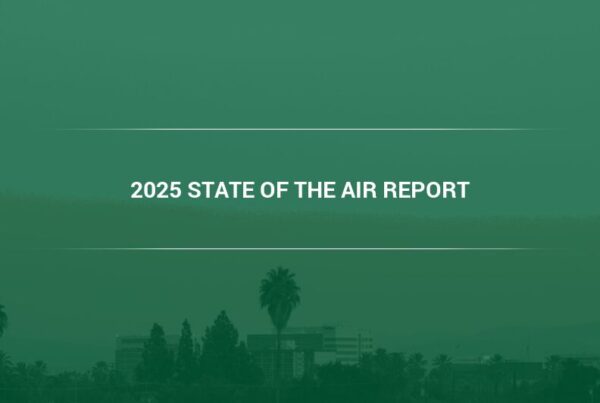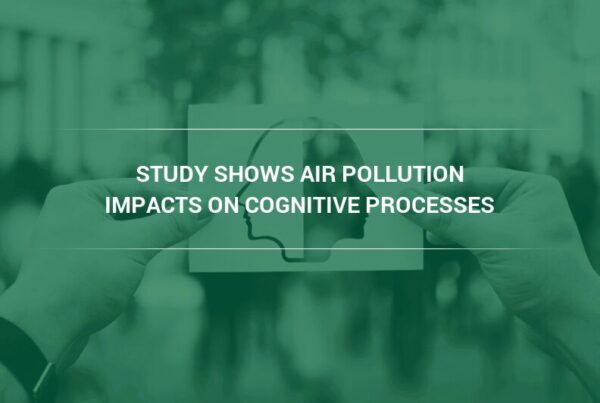What China’s Ban of 500 Car Models Means for Commercial Air Filtration Systems
Camfil Commercial Air Filter News – In an effort to ease the burden on the country’s commercial air filtration systems, the Chinese government has suspended production of more than 500 car models and model versions that fail to meet the country’s fuel economy standards. The move is one of the latest in a series of actions by Beijing to reduce severe emissions in what is arguably the world’s largest market for automobiles and take the lead in the fight against air pollution and climate change.
According to China’s Vehicle Technology Service Center, the suspension, which took effect on January 1 this year, applies to both domestic automobile manufacturers and partnerships with overseas car brands.
The suspension comes amid intensified efforts around the globe to crack down on pollution-spewing cars, which not only degrade air quality, but have also shown to cause high morbidity and mortality rates for drivers, commuters, and people living near freeways and roads with high road congestion.
“Internal combustion engines can be a major source of indoor air pollution in offices, schools, hospitals, hotels, shopping centers and stores especially where garages are attached,” explained Camfil USA’s Charlie Seyffer, Manager of Marketing & Technical Materials for commercial air filters and 37-year ASHRAE member and active committee participant. “In large cities with a high number of vehicles present the ambient air is normally containing a high number of particles and various gases.”
Dangers of Car Pollution on Outdoor and Indoor Air Quality
The move is particularly important in the country as it produced a staggering 28 million vehicles in 2016 alone. Not surprisingly, major populations of Beijing and China also suffer from some of the worst outdoor and indoor air quality levels in the world, a problem attributed to the high traffic volume.
Aside from large automakers, China also has several small-scale car manufacturers, some producing no more than a few hundred cars every year. In recent years, the central government has tried to consolidate this quickly growing auto industry. This factor was likely instrumental in the suspension, which also applies to model versions, or cars with different combinations of engines and transmissions, which are constantly being deregistered.
Role Played by Commercial Air Filters in China
In response to China’s air quality crisis, many homes and buildings are being outfitted with commercial air filters to keep dirty outside air from contaminating indoor spaces.
The Chinese leadership is under intense pressure to solve the problem of air pollution, a hot-button issue in China that promoted rare protests on the Chinese social media network WeChat, where people demanded the Government to finally take action. In the country’s northern cities, the smog can be so thick and toxic it has been known to temporarily shut down schools and businesses.
Another reason for China’s air pollution woes is the uncontrolled use of coal for power generation. While billions have been pledged for renewable energy sources and production, there were still hundreds of new coal power plants built across China in 2017. This, in turn, has prompted the Chinese government to push through with plans to build the largest carbon market in the world, providing energy companies in the country with a real financial incentive to shift to green technologies.
China Takes on Pollution with Giant Industrial Air Filtration System
China has also taken more creative paths toward solving its air quality crisis, including using vacuumed particulate matter to build special bricks. In 2016, the Chinese government, with the help of a Dutch design studio, also erected a 20-story industrial air filtration system designed to suck in and purify 5 to 18 million cubic meters of air each day.
The tower was built on the outskirts of Xian, a city of more than 8 million people in the country’s central region, which also has some of the country’s worst air pollution. The government claims that the air purifying tower, nestled between high-rise apartment buildings, is capable of reducing concentrations of particulate matter 2.5 (PM2.5) by as much as 19 percent over an area of four square miles.
Can Commercial HEPA Filters Remove Pollutants from Vehicles?
Of course, this begs the question: can commercial air filters remove pollution from cars?
Short answer? Yes.
High-efficiency air filters are specifically designed to capture and remove PM, including the particles that come out of a car’s tailpipe known as soot, and the dust produced by regular wear and tear on brakes and wheels.
The long answer, however, is that air filters can’t remove gaseous pollutants like nitrogen oxides, carbon monoxide and sulfur oxide. This type of removal will require the addition of a molecular air filtration system, such as one using activated carbon. The activated carbon acts like a super absorbent sponge, attracting gaseous pollutants produced by vehicles and other gaseous sources.
How to Choose Industrial High Efficiency Air Filtration Systems
When choosing industrial high efficiency air filtration systems to protect their indoor air quality in a building surrounded by severe outdoor air pollution, it’s important to first conduct an audit on:
- The sources of pollutants outside and inside a building
- The size of the rooms requiring purification
- The presence of any special contaminants inside of a building such as biological contaminants or chemical pollutants
Camfil USA can help you find the best commercial air filtration systems for your building’s needs. Get in touch with our team or explore our catalog of commercial air filters to learn more about their indoor air quality benefits.
Lynne Laake
Camfil USA Air Filters
T: 888.599.6620
E: Lynne.Laake@camfil.com
F: Friend Camfil USA on Facebook
T: Follow Camfil USA on Twitter



